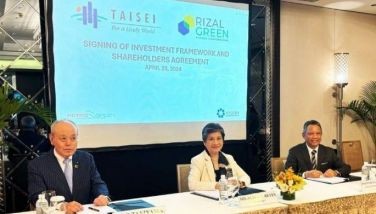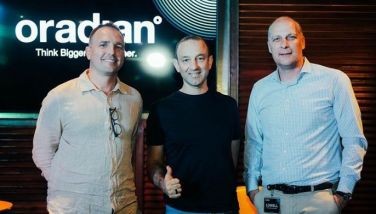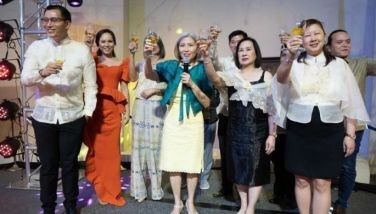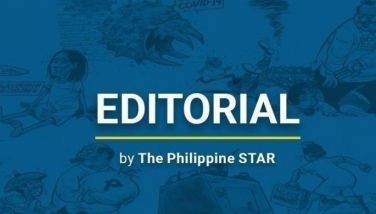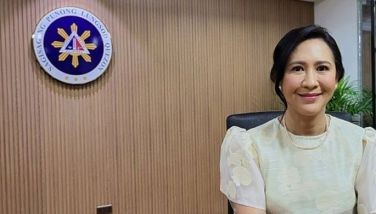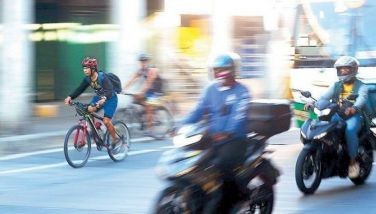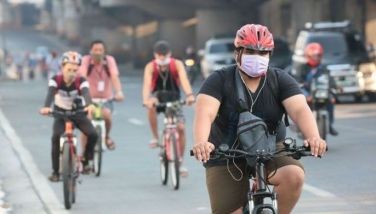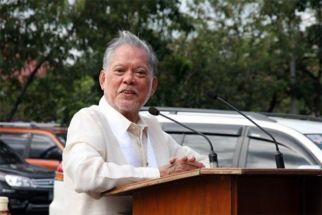The city of Manila acting like Singapore

It only takes one transformative leader to change the fate of a constituency. We’ve seen it happen before – cities, provinces and whole countries transform from mismanaged states with failing economies and divided societies to one governed with efficiency, responsiveness and social unity.
The transformation is happening in the city of Manila today. From a city plagued with corruption, urban decay and flagging finances, Manila has emerged as the country’s most economically competitive city (per 2020 DTI rankings). Manila is growing in affluence and fast becoming a showcase city on the back of good governance and a deluge of investments.
Not even the pandemic could stop Manila’s infrastructure and social development programs. The city’s mass housing program proceeded without interruption as did the re-capacitation of the city’s schools and educational system. Hospitals were modernized, streets were cleared of blockages and parks were rejuvenated. Moreover, Manila’s digital transformation is well on its way towards completion in 2023. When done, Manila will become the country’s first intelligent metropolis with all its internal functions digitized, like Singapore. More importantly, the city finances are back in the black.
No one can deny that Mayor Isko Moreno Domagoso has achieved more than expected in just two years. He is the transformative leader the city needed.
The Mayor recently delivered his state of the city address and it was everything a national address should be – dignified, coherent and packed with information on the true state of matters, aptly backed by statistics. The Mayor outlined his vision for the future and the ways in which it is to be accomplished. The speech was fact-based and delivered without ramblings and pandering to the crowd. It was inspiring not because of fanfare but because of solid achievements. It made Manileños believe they can achieve their dreams for the future. The address was reminiscent of those delivered by Filipino statesmen in our golden years.
The pandemic was an acid test for leaders around the world. The manner by which leaders contained the contagion and preserved their economies are sure indicators of the quality of leadership.
In stark difference to how the pandemic was mismanaged by the national government (as evidenced by five quarters of economic contractions while suffering the second highest infection rate in the region), Manila’s economy continued to expand and its citizens were well looked after.
At the height of the lockdown, Mayor Isko refused to debilitate Manila’s economy by keeping open its main trading hub, Divisoria. This sustained the flow of agricultural products and basic raw materials for Metro Manila. He also insisted on the free movement of cargo in and out of the ports. It was a well considered economic decision.
During the first surge, Manila kept ahead of the virus by making available free PCR tests across the city. This came with the widest financial assistance and food security program the country had witnessed. Within the first 15 days of the outbreak, 692,000 families were provided food boxes which kept coming for six months. Foodstuff were also shared with poorer provinces beset with hunger.
Persons with disabilities, senior citizens, solo parents and students were given financial allowances ranging from P500 to P1,000 a month, for six months. More than 63,000 households benefitted from the program. This is aside from the 11,000 families given P10,000 in financial aid after falling victim to natural disasters. Poverty rates decreased in Manila during the pandemic.
In anticipation of future surges, Mayor Isko quickly moved to augment the capacities of Manila’s six city-owned hospitals. Apart from adding 870 quarantine beds and 471 ICU beds to the regular capacity, new equipment were procured to bolster the health care system. Among them were nine X-ray machines, three serology testing machines, oxygenators, ventilators, CT scans, and more. Manila’s superior medical capabilities caused many COVID patients to flock to the city for COVID care.
And just as China and Italy did, Manila built a fully equipped COVID field hospital at the Quirino Grandstand with a 344-bed capacity. The Mayor set out to build the hospital in 60 days but finished it in 52. The hospital is meant for anyone in need of COVID care.
The city was also the first to roll out a city-wide vaccination program that scaled-up quickly to an average of 40,000 vaccinations per day. Manila invested in its own vaccine storage facility. As of last week, more than 1.4 million Manileños were vaccinated, representing 70 percent of the population. This is enough to reach herd immunity. So successful is the vaccination program that it is now available even for non-Manileños on a 24/7 basis. A drive-thru vaccination center at the Quirino Grandstand was recently launched.
In anticipation of another surge brought by the Delta variant, Manila stockpiled oxygen tanks and vital medicines like Tocilizumab, Remdesivir and Avigan.
As for its economy, the city has appropriated a massive P10-billion stimulus fund to spur its economy and create jobs whilst improving the city’s education and housing situation.
Four vertical housing projects were launched in Tondo, Baseco and Binondo, with three more in the pipeline in San Sabastian, San Lazaro and Pedro Gil. The Mayor aspires to eliminate squatters in Manila in less time than it took Singapore to do so. No one should be homeless in their own city, he asserts.
Three new campuses will break ground soon, including the technology-based Manila Science High School. Meantime, 137,000 tablets and 11,000 laptops were distributed to students and teachers, respectively, to efficiently facilitate on-line learning. As educational standards in the country deteriorate, they are quickly rising in Manila.
How is Manila able to afford all these? In just two years, fresh investments in the city multiplied three-fold, from P47 billion in 2018 to P148 billion in 2020. More businesses opened in the city during the pandemic than the year before it. Overall revenue collection increased by 73 percent over two years. People are investing in Manila due to high confidence in the leadership and its citizens are dutifully paying their taxes because they see how their money is spent.
From a city written-off as the sick capital city of Asia, Manila has emerged as its new tiger economy in just two years! Manila is acting like Singapore – purpose-driven, intelligent, results-oriented and ambitious. It is how the entire country should be.
* * *
Email: [email protected]. Follow him on Facebook @Andrew J. Masigan
- Latest
- Trending








